For many gamers who owned an Xbox 360, despite the infamous Red Ring of Death, The Elder Scrolls IV: Oblivion created countless unforgettable moments. As a former writer for Official Xbox Magazine, I found The Elder Scrolls III: Morrowind’s Xbox port intriguing but not captivating. However, Oblivion, originally intended as a launch title for the Xbox 360, hooked me instantly. Leading up to its release, we published multiple cover stories, with its breathtaking screenshots leaving everyone in awe. I eagerly traveled to Bethesda’s Rockville, Maryland office for each preview opportunity.
When the time came to review Oblivion—a period when exclusive reviews were standard—I jumped at the chance. I spent four exhilarating 11-hour days in a Bethesda conference room, immersed in the vast, next-generation medieval fantasy world of Cyrodiil. By the time I boarded my flight home, I had logged 44 hours and wrote a 9.5/10 review for OXM, a score I still stand by. The game enthralled with its compelling quests, like the Dark Brotherhood storyline, and unexpected discoveries, such as the elusive unicorn. Playing a pre-release build on an Xbox 360 debug kit meant restarting when I received the final retail copy, but I dove back in without hesitation.
The Elder Scrolls IV: Oblivion Remastered Screenshots
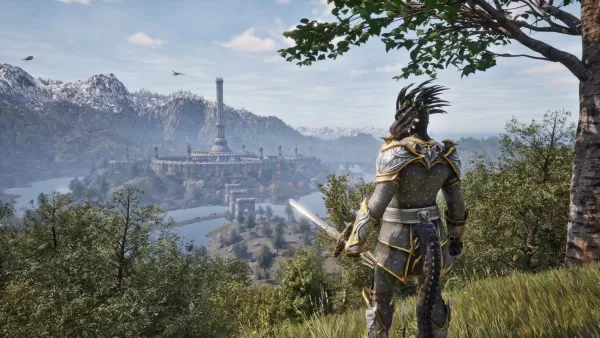
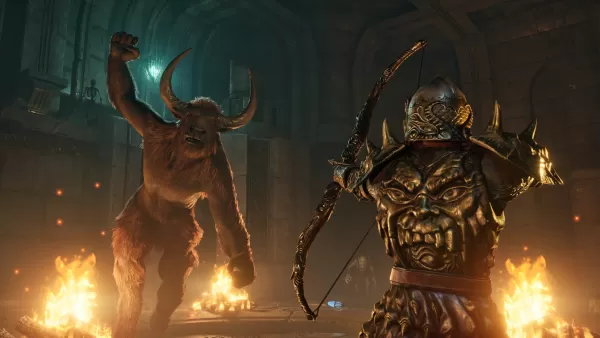 View 6 Images
View 6 Images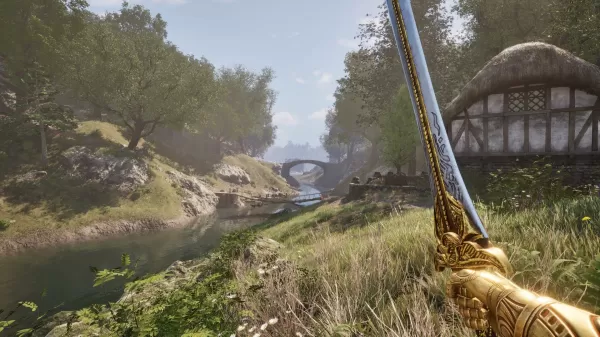
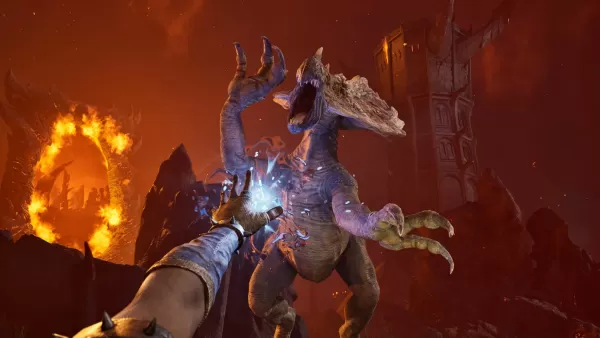

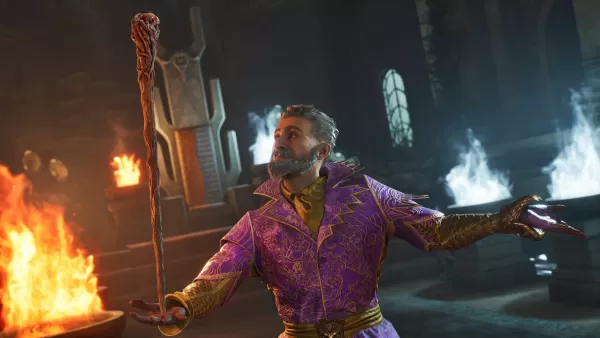
I eagerly invested another 130 hours into The Elder Scrolls IV: Oblivion, so it’s no surprise I’m thrilled about its remastered release on modern platforms.
For younger gamers raised on Skyrim, The Elder Scrolls IV: Oblivion Remastered marks their first “new” mainline Elder Scrolls experience since Skyrim debuted over 13 years ago. While fans of all ages await The Elder Scrolls VI, still likely years away, this remaster offers a fresh chance to explore a classic.
However, Oblivion may not resonate with newer players as it did for me in March 2006. Now nearly two decades old, it lacks the visual impact it had as the HD Era’s first true next-gen title on the Xbox 360. While the remaster improves visuals, it doesn’t redefine gaming like the original did. Unlike a full remake, such as those for Resident Evil, remasters enhance older titles for current platforms without rebuilding them from the ground up.
The Elder Scrolls IV: Oblivion arrived at the perfect moment, leveraging HD televisions to redefine open-world gaming. It delivered a scale and immersion that stunned console players accustomed to lower-resolution displays. (Though, in fairness, EA’s Fight Night Round 3, released a month earlier, also dazzled visually.)
My memories of Oblivion brim with its vast world and endless adventures. For newcomers, I suggest either racing through the main quest to avoid the disruptive Oblivion gates or saving it until you’ve explored every sidequest and open-world activity.
The leap from Morrowind to Oblivion was monumental, a technological shift that may not be replicated. While Oblivion Remastered won’t feel as groundbreaking compared to modern titles like Skyrim, its richly crafted medieval fantasy world, filled with surprises and epic quests, remains my favorite Elder Scrolls experience. Its return, despite a less-than-secret release, is a joy for both new players and longtime fans.








